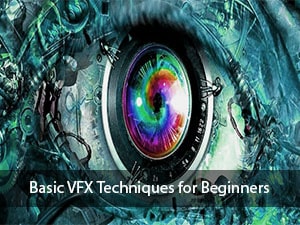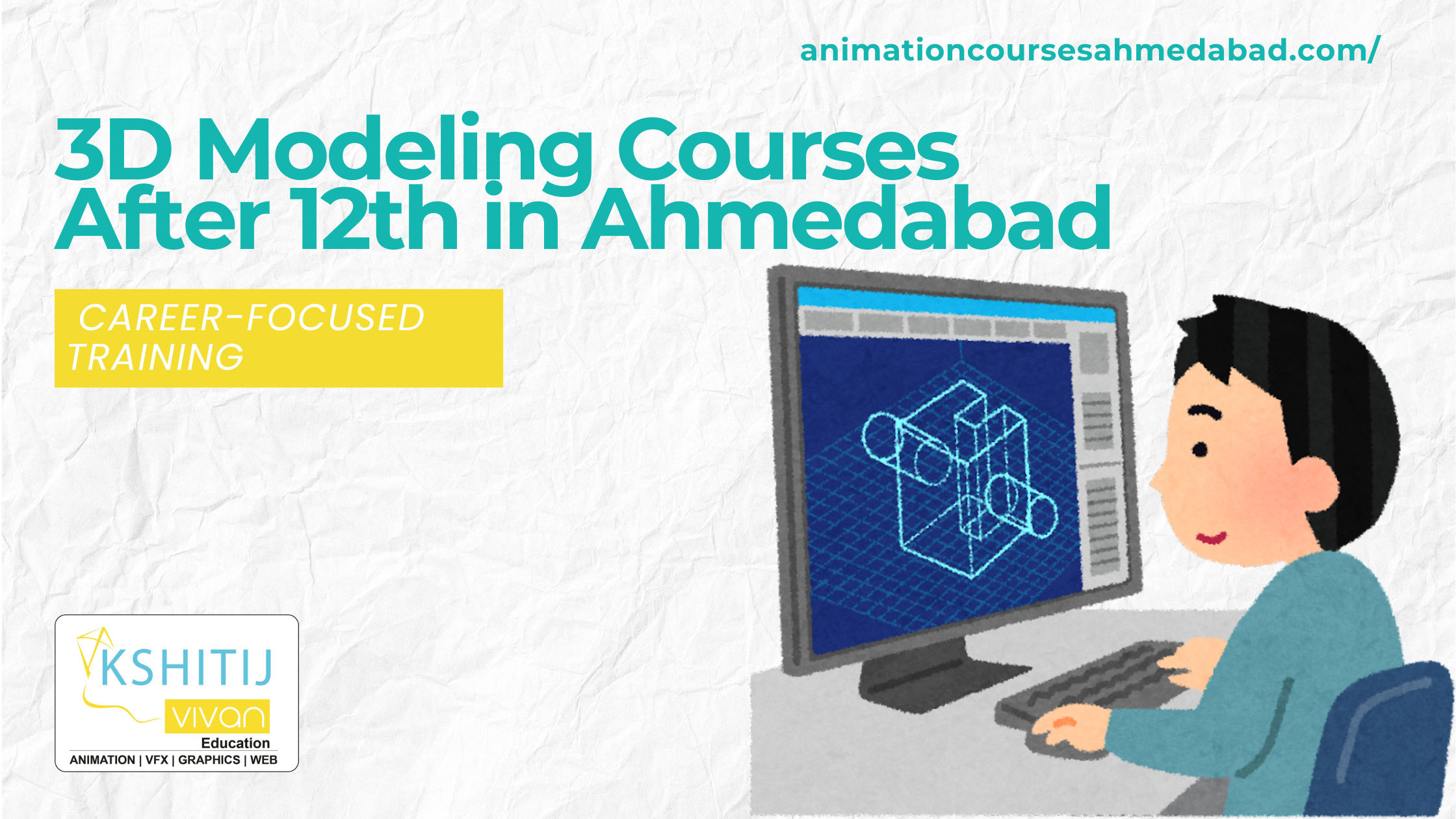
Basic VFX Techniques for Beginners
VFX Animation is the assimilation of the generated environment and lives action footage to create realistic imagery, that would be costly dangerous, or human impossible to capture in real. The visual effect in its most basic form is a digitally manipulated image or footage. Computer-generated imagery (CGI) has become accessible to filmmakers and computers are used to add or remove anything to everything which is not in the initially original shot. Below are some basic VFX techniques that we can use in VFX.
Basic VFX Techniques
VFX animation is a booming industry all over the world. There are 5 types of Basic VFX Techniques that we are used.
1. Matte Painting
Matte painting is made by combining two or more images to form a single image. Matte is used for combining a foreground image, e.g. Actors with the background image.
2. Physical Simulators
Physical Simulators software is used to create Dynamical simulations. It is often used for big-budget movies like 2012, I am Legend, etc.
3. Rotoscoping
It is the process of manually altering film or video footage one frame at a time. The frames are designed to create animated effects like lightning, or traditional style animation.
4. Green Screen
This technique is used for composting two images together. It is used in video production where a color range in the top layer is made transparent, revealing another image in the background.
5. 3d Modeling
It represents three-dimensional surfaces of an object using software such as Maya, 3Ds Max, or Cinema 4D.
In the digital world, everything is accelerated. From creating websites to projecting in the cinema, programs like Adobe Premiere Pro and After Effects have made it possible to bring projects from conception to completion in record time. But what should you know if you want to become a VFX artist? These days, everyone is put on a fast track, and learning the ins and outs of pre-vis or visual effects can be challenging — especially if you’re just getting started. That’s where this article comes in: it covers the basic techniques that every newcomer needs to know so they can get their foot around the production side of the industry. It explores what VFX means, how the software works, and why you might need to know these things if you want to take up this career path.
What is VFX?
Visual effects, sometimes abbreviated as VFX, are the science of adding special effects to video and still images. They are the process of adding optical, chemical, and graphic effects to a video or a still image based on the properties of the source material. These effects can range from simple translations to more complex visual effects like blood and Logo designs. VFX also refers to the team that creates these effects, called a visual effects company (VFX company). VFX is a field that is constantly evolving, influenced by new technology, and home to advanced techniques that were once the purview of special effects houses. The techniques are used to create the effects that we see in our favorite videos, TV shows, and advertising pieces. VFX companies are often hired to create these effects for advertising, television, and feature films. This is because these industries are looking for the most realistic and engaging ways to tell stories. Companies that produce VFX are called VFX houses.
Why do I need to know these things?
The short answer is that anybody who wants to create visual effects for videos should know these things. This is because the process is the same for everyone working in this industry, and everyone uses the same software. It’s so similar, in some ways, that it might even look like the same software! There is almost no difference in the way that Adobe Premiere Pro, DaVinci Resolve, After Effects, and other programs work. That said, some industries, like advertising and corporate communications, might require you to have a specific level of expertise that you acquire through years of practice. If you want to work in this industry, knowing the ins and outs will help you progress more quickly, and get paid more!
The VFX process
Before we jump right into the nitty-gritty of VFX, it’s helpful to understand the overall process behind creating these effects. Most visual effects are created in software, which is a machine-like tool that allows you to combine different elements to create the final video or image. The software is always running, and you don’t have to do any real work, besides watching the process unfold in real-time. This might sound tedious, but it’s one of the most exciting parts of the job. That’s because you get to use your imagination, and see how these tools work together. You might even try out new techniques or tools in the process.
VFX software programs
There are many different types of visual effects programs, and you’re likely to find one that works well for your particular project. For example, if you’re working on a corporate video, you might need something fast and efficient, while if you’re creating a short film, you might need a more complex tool that allows for more creative control. Many different software programs fall under this general category, so be sure to research your options carefully. Here are a few popular options that might help you get started in this industry:
After Effects: This is the most widely used program among visual effects companies, and is used to create almost all types of effects. It’s easy to use and gives you plenty of room for creativity. The downside to After Effects is that it’s expensive, and you might want to look into cheaper alternatives if you want to create smaller projects.
Premiere Pro: This is Adobe’s top-notch video editing program, and is used to create most types of digital video and photo editing. It has everything you need to create professional-quality video and photo content. The downside to Premiere Pro is that it’s expensive, and you may want to look into cheaper alternatives if you want to create smaller projects.
Key terms related to the VFX process
Here are some of the terminology and processes you’ll need to know if you want to pursue a career in VFX: Pre-vis: Pre-vis is short for pre-visualization, and is the practice of seeing what your video and image look like from every angle before you start to put them together. It’s not a requirement, but it’s a helpful process to go through before you start working on a project. Visual Effects: Visual effects are the technical aspects of bringing a story to life through visual imagery. From simple translations to more complex visual effects like blood and Logo designs, visual effects are the crafting of visual images that convey a message or add to the story. Rendering: Rendering is the creation of the final video or image using pre-vis and visual effects. It might include setting up the camera, adjusting the lights, and compositing the final image.
Conclusion
Now that you know what VFX is, and what tools are used in the industry, it’s time to get started. This can be a very lucrative career path if you’re willing to put in the effort. The good news is that the process is very easy, and there are lots of tools to help you along the way. So, if you’re ready to take your video creation to the next level, check out How to Create Basic VFX Effects for Your Videos.



